
About This Quiz
The history of jewelry is one of those things you can't really understand fully because it's just that old. Who's to say when the first person in the world saw a particularly beautiful shell or rock and attached it to some kind of rope or leather cord and wore it around their neck or in their hair? But you can definitely see how we've progressed over the years and mastered some much more exotic and sophisticated methods of producing it. Just imagine our ancestors 5,000 years ago trying to shape a diamond to fit into a tungsten ring.
Some of the earliest examples of jewelry anyone's managed to find has been dated to about 25,000 years ago. That's pretty staggering. The piece in question was a necklace made from the bones of a fish and it was discovered in a cave in Monaco. Who wore it and why has been lost to history, but it shows that, as a species, we've always loved the idea of making things with which to adorn ourselves. It's clearly a proud, ancient craft. So let's see how much you know about the tools of the trade. Take the quiz and see!
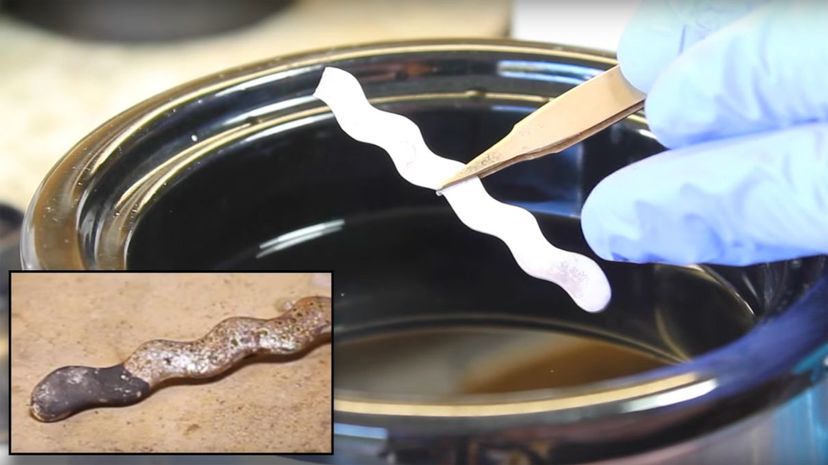
The awesomely named pickle is a liquid compound that cleans up jewelry after it's been soldered. Recently soldered jewelry is going to have some ugly oxidation and mess from the flesh, and this will make it shiny and new looking.
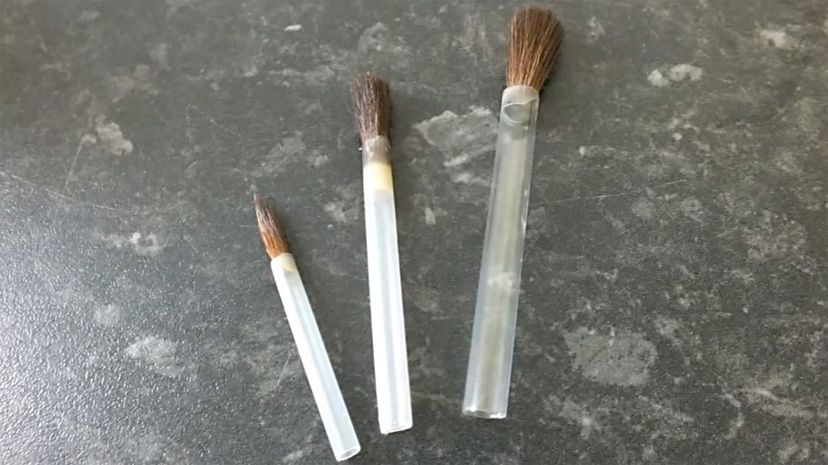
Flux is pretty necessary for any soldering job, but you need some way to apply it, right? That's where the flux brush comes in. Technically any small makeup or even paintbrush could do the job just as well.
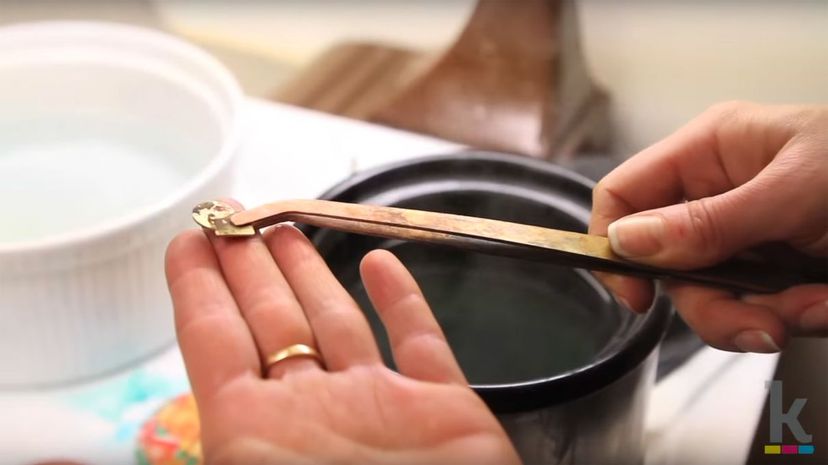
Tongs are an integral piece of equipment to retrieve your soldered jewelry from the pot of hot pickle solution. Proper pickle tongs are going to be made of copper, which is why something like tweezers isn't the right choice, because they won't react with the compound.
Advertisement
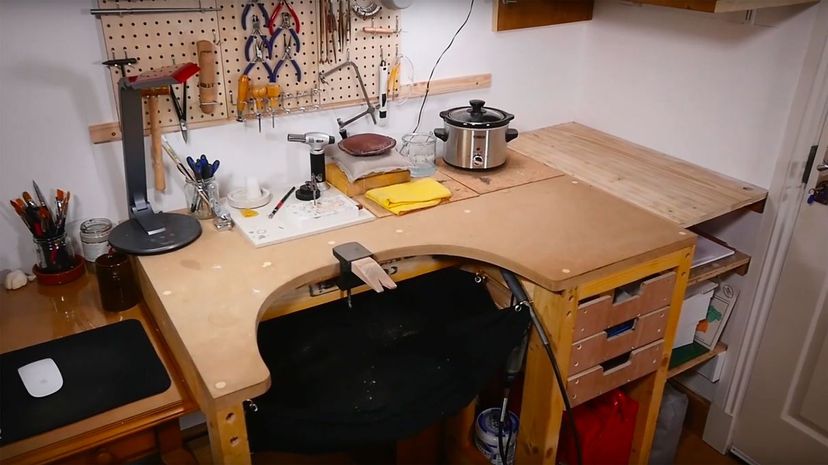
Technically you can make jewelry on any surface, but of course, a jewelers bench is specifically designed for the task. The surface should be covered in some kind of laminated material, and ideally, you'll have a large selection of drawers for storing materials.
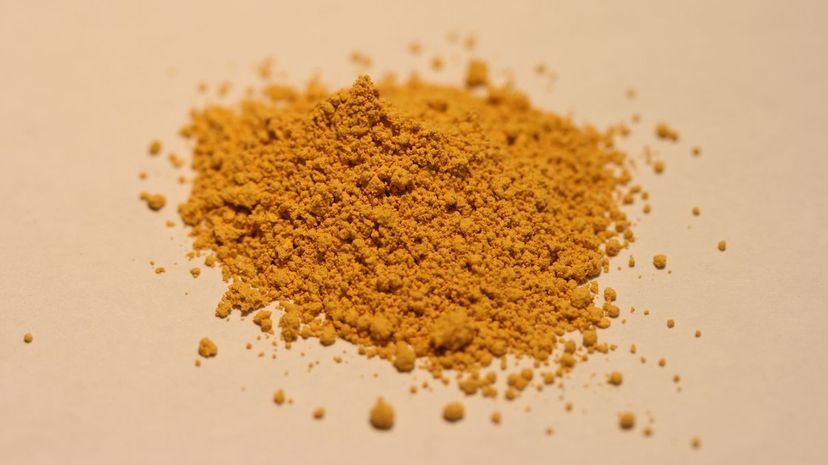
Yellow ochre is necessary to protect heat-sensitive parts when you're soldering something like a setting. The ochre powder needs to be worked into a paste and applied to wherever you need heat protection.
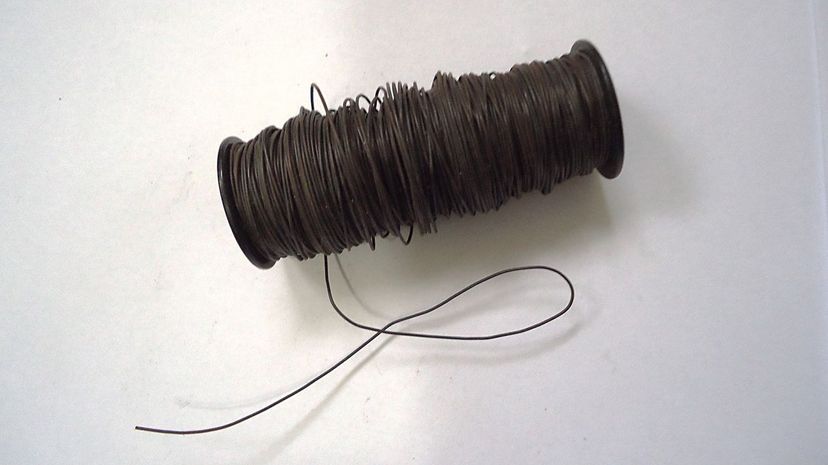
Binding wire is good for holding two things together to allow you to solder them together since, traditionally, using your fingers to hold a solder joint will get you sent to the emergency room.
Advertisement
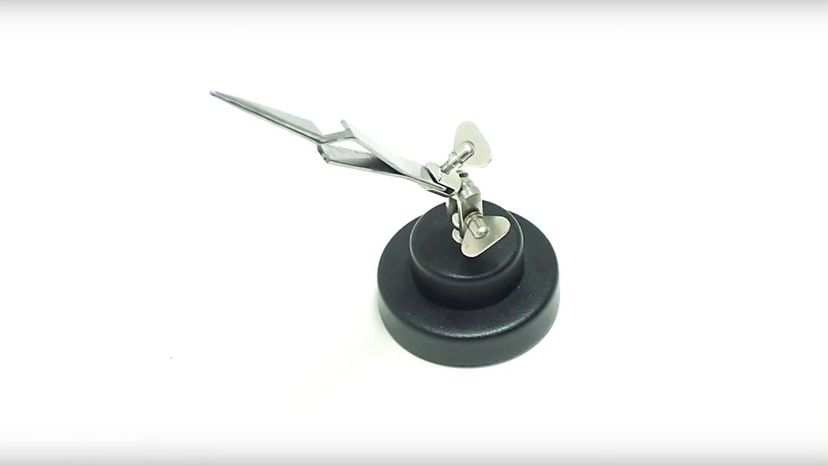
A third hand works just the way the name implies. It can hold an item so it can be soldered, so you can closely inspect details with a magnifier, so you can clean or do anything that requires the help of a third hand.
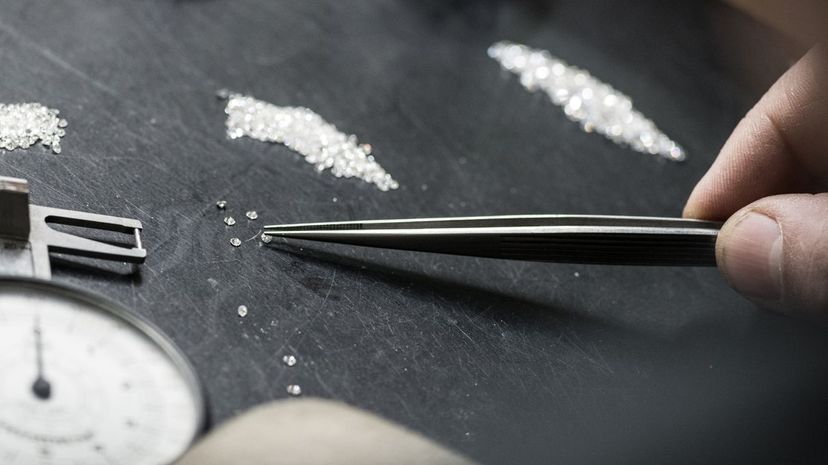
Since soldering jewelry involves a lot of fine, tiny work, you need really small segments of solder, and holding those requires something fine, which is why pointed tweezers are necessary. Anything too hot or too small can be held with them.
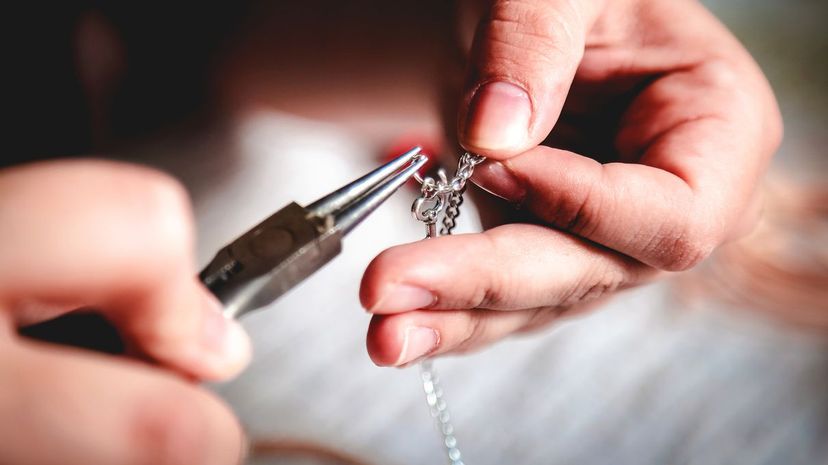
Round nose pliers are ideal for bending wires into round shapes, so it's not just a clever name. Extra long jaws are best for fine work, and they're, of course, helpful with any custom jobs as well.
Advertisement
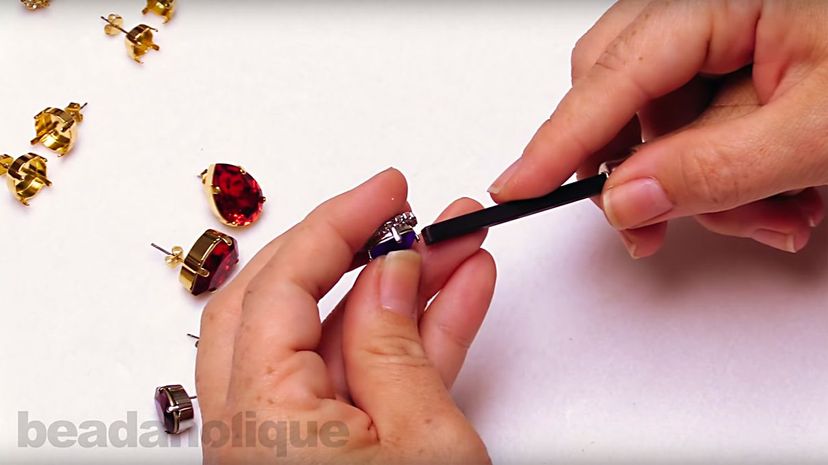
A prong pusher looks like a blunt ice pick, and is necessary for setting a stone and making sure it stays set. The prong pusher is used to force the prongs down around a stone to squeeze it tightly in place.
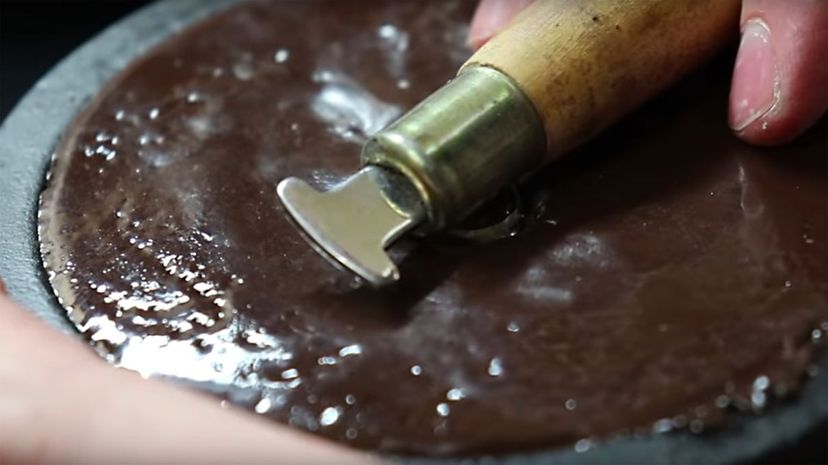
A bezel roller has a sort of half-moon shaped head that's usually made of stainless steel. You use it to roll the bezel around a stone in a pendant, signet ring or something similar.

A chasing hammer actually serves two functions. The flat side of the hammer is actually very slightly convex with smooth sides, and it's useful for smoothly flattening or "chasing" metal, while the rounded side can be used to indent metal to give it that "worked in" look.
Advertisement
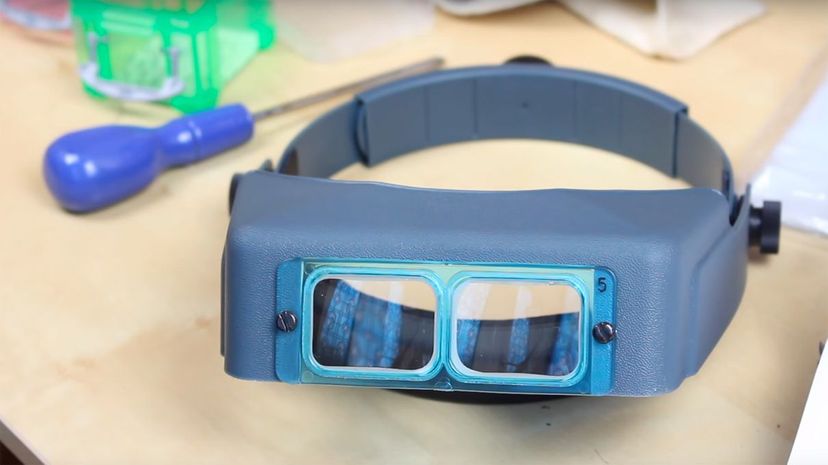
Like anything in the world of jewelry making, a tool that can free your hands up is necessary, so the magnifying visor is a simple and efficient way to hands-free magnify something by just using your head.
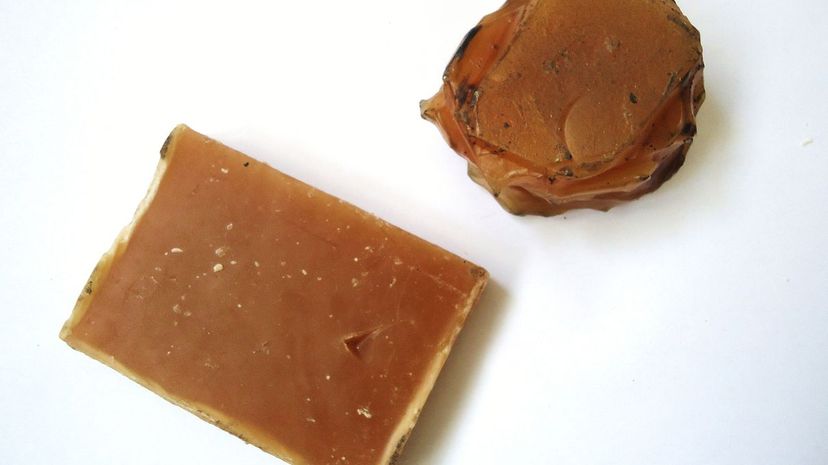
You're going to need to cut metal at some point, and you're going to use a saw blade to do it. To reduce the number of blades you're going to break, which is going to happen regardless, you need to lubricate them with beeswax. It keeps things running smoothly.
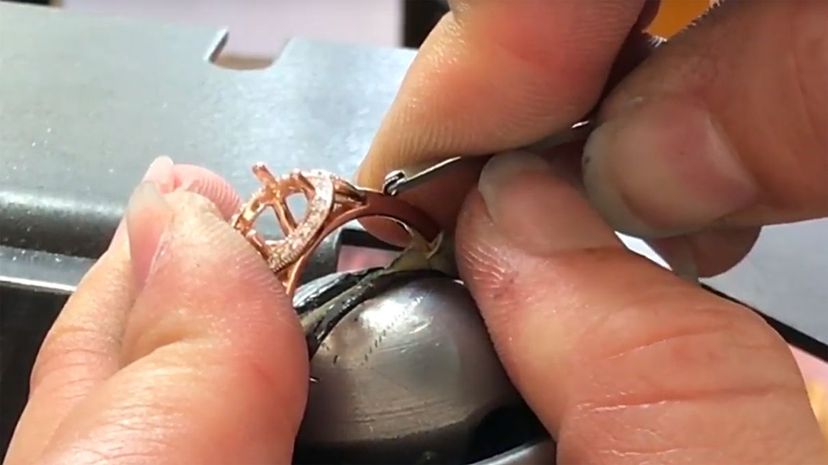
A milgrain tool is essentially a metal wheel in a holder. You can use it to make something like a beaded edge around the outside of a pendant, on a ring or whatever you feel needs a little fancy touch. It can either be a hand tool or a pneumatic tool.
Advertisement
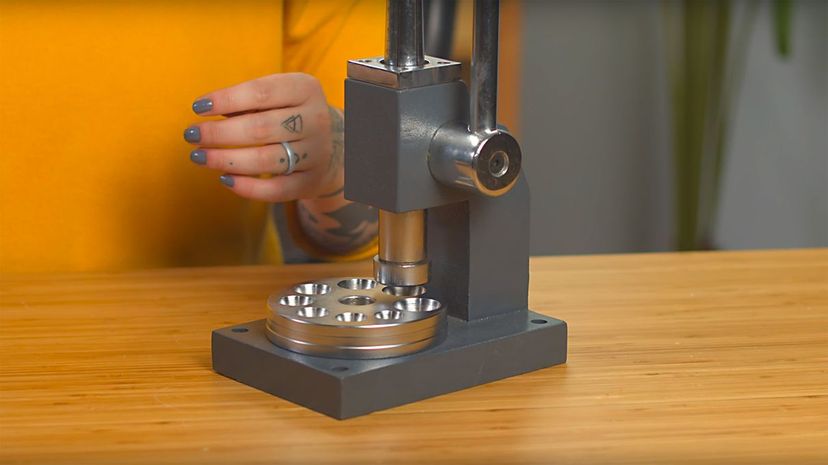
A stretcher is precisely what it sounds like. If the band of your ring is not the size you need it to be, this tool can fairly simply distress the metal so it evenly expands to a larger size. Some also come with reducers so you can shrink your ring.
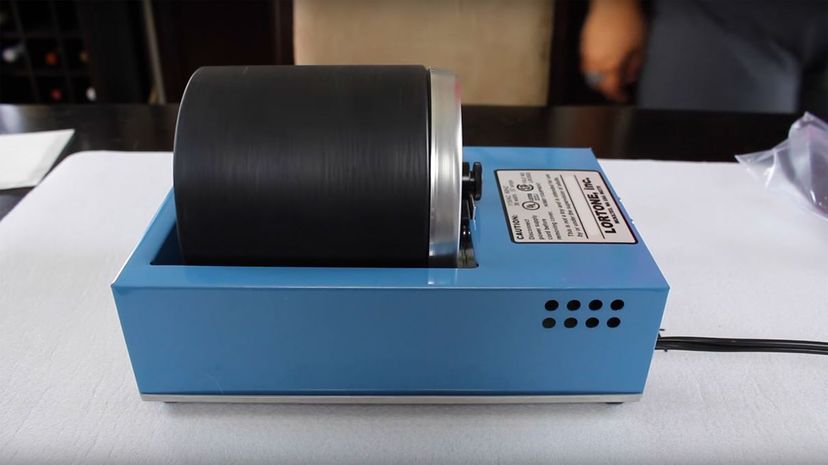
A rock tumbler can come in several formats including a magnetic version, centrifugal hand tumblers, electric and several other varieties. Basically, they spin the roks with an abrasive to smooth and polish them.
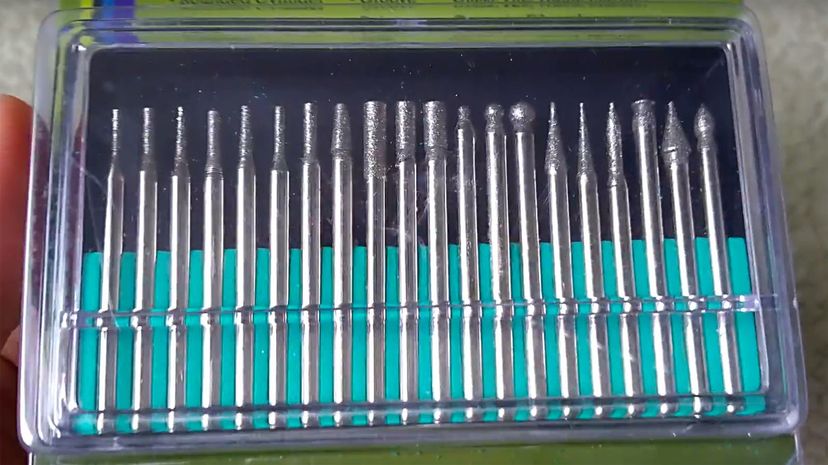
A good diamond texturing point can help you smooth and carve stones as well as many kinds of metals, aside from the ferrous ones like steel. Diamond particles are electroplated onto a stainless steel shank for some extra strength.
Advertisement
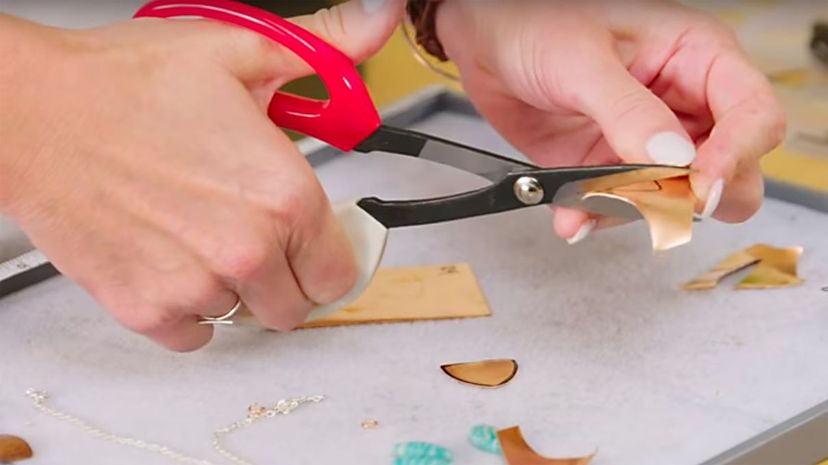
A good pair of shears is handy to have around for any number of tasks, but one of the handiest for a jeweler is, of course, for something like snipping off pieces of solder without having to twist and pry it all apart.
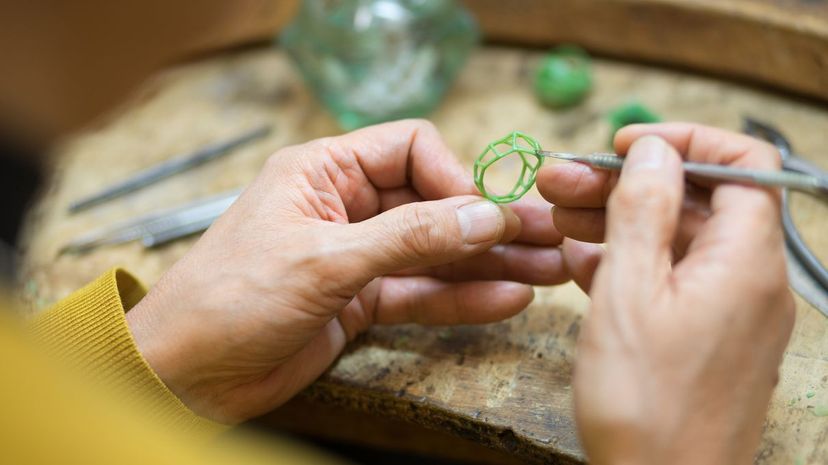
Jewelers can carve a model out of wax to design something new before they make the final version in metal. Jeweler's use a hard wax that can be carved and shaped easily, but isn't soft and melty like paraffin wax.
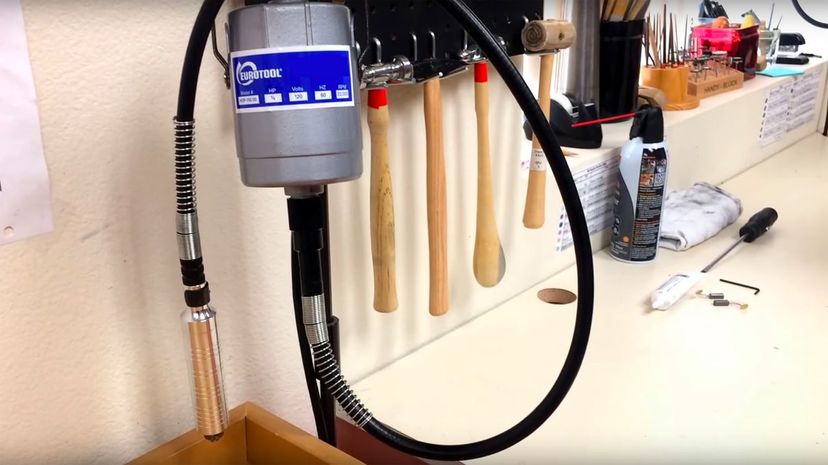
A flex shaft is essentially a bendy drill handle. You can get flex shaft attachments for a Dremel tool or you can get a desktop motor that operates with a foot pedal to increase or decrease speed.
Advertisement
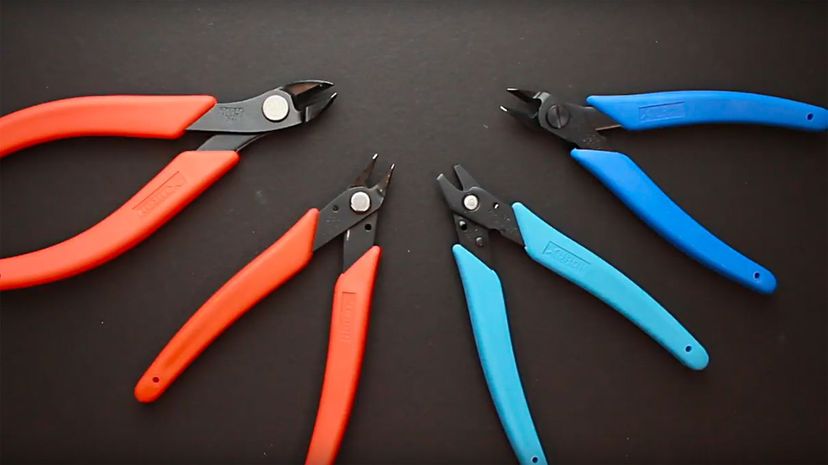
Wire cutters are a pretty essential tool for jewelry work thanks to the fact so much wire is used in both the process of finishing work and holding things together while it's being made.
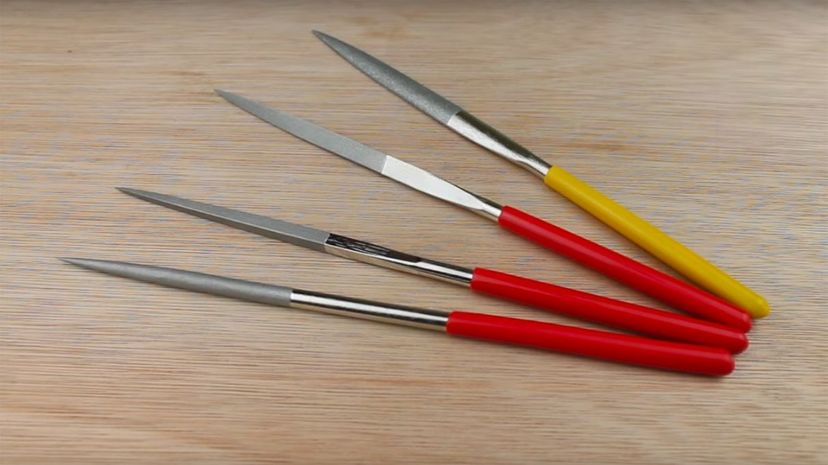
Needle files are very small files that can be used to shape or smooth metal, especially in small, tight spaces. One side of the file will have a smooth edge on it to ensure they don't mark the metal as they're being used.
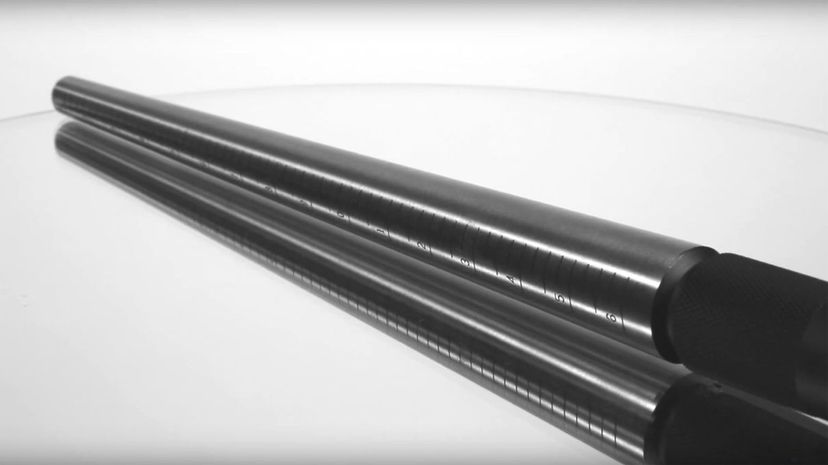
A ring mandrel can usually be wood, steel or aluminum and set with grooves to mark various ring sizes. If you need to know what size a ring is, you just slide it over the end and let it drop. Wherever it stops will be labeled with a number that marks the size.
Advertisement
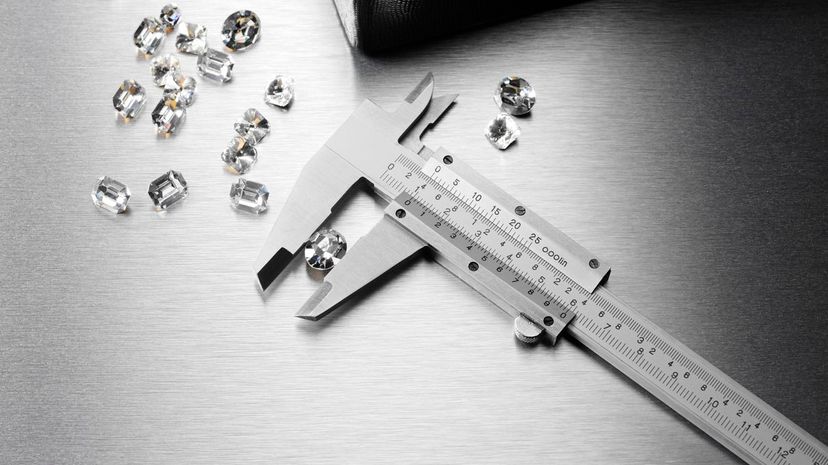
Calipers are the perfect tool for making extremely precise measurements. The exact thickness of the metal of a ring band, the distance inside the band, the size of a setting ... it can all be measured either inside or outside the object.
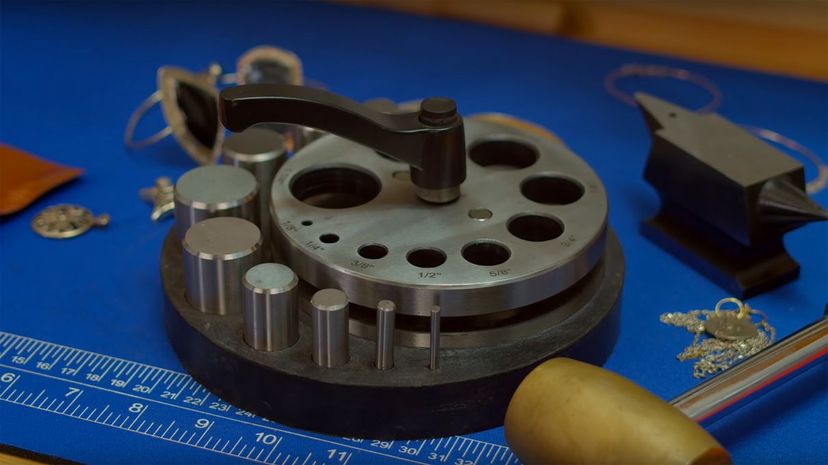
A disk punch is a circular punch that you place on your flat metal of choice and hammer through with a hammer or mallet, depending on what you're working with. It's just like a cookie cutter, only for metal.
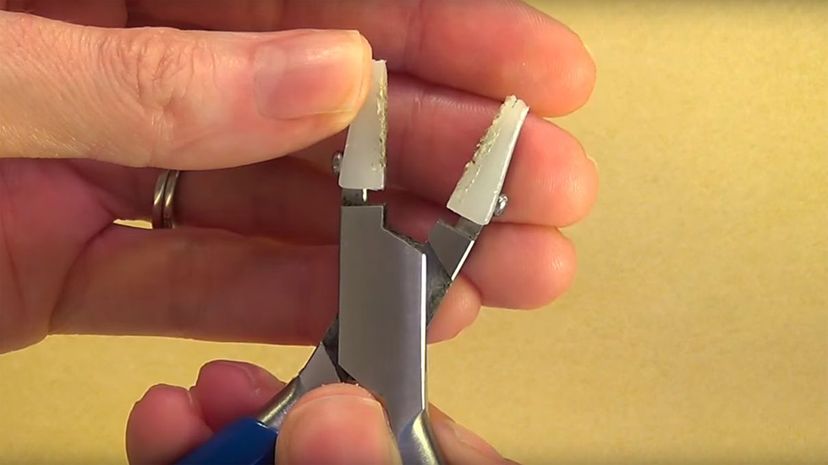
Nylon jaw pliers have soft jaws, which are key for any work with soft metals and also for getting a firm but non-damaging grip on things like wire. If there's a kink in your wire, holding it with these and pulling it flat and smooth will help out.
Advertisement
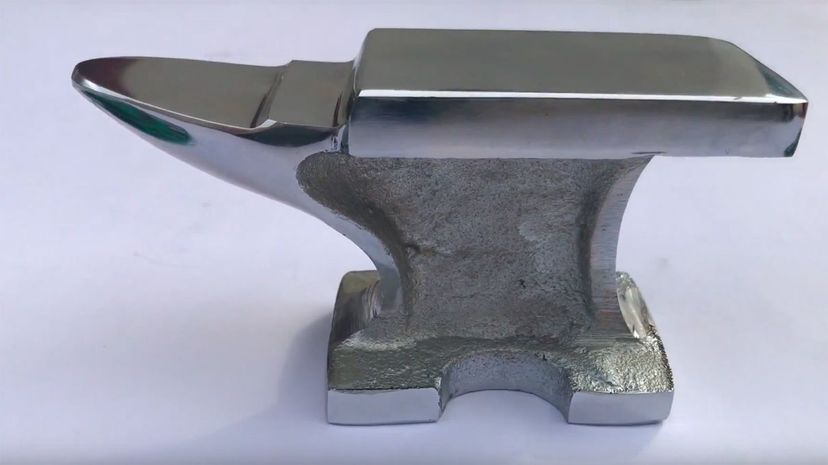
Technically you don't 100% need an anvil, but you do need to a flat surface of some kind for hammering things out. That could be a wood block, a metal block, a good table or any other flat and solid surface.
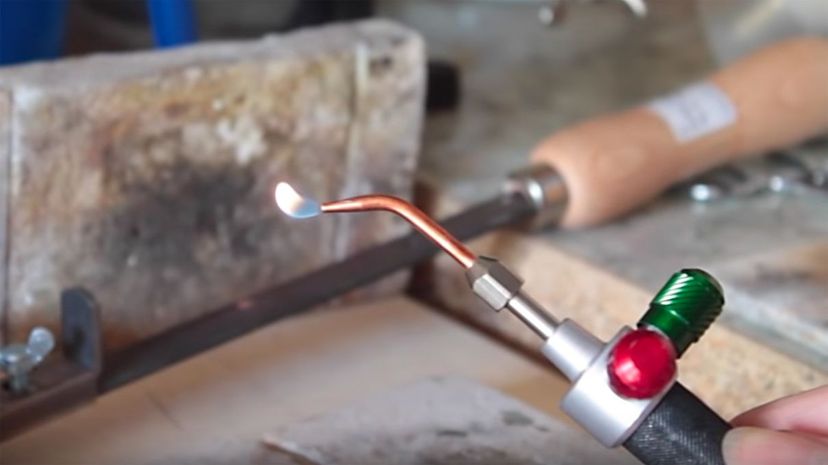
Solder only works with heat and, of course, you don't want a full-on welding torch when you're doing fine work with jewelry, so a micro torch is the best tool for the job as it gives you a small but controlled flame to work with.
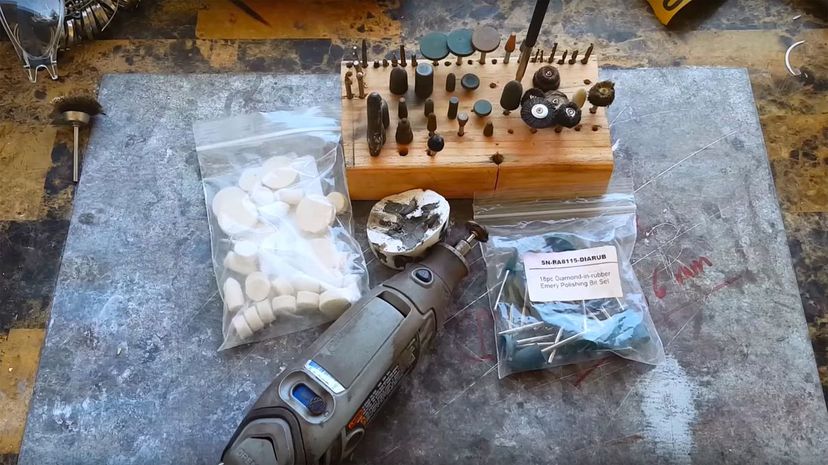
A good quality Dremel tool with a variety of bits will be able to cover dozens of tasks. It's good for cutting, for sanding, for polishing and smoothing, for shaping and for a hundred other small tasks.
Advertisement
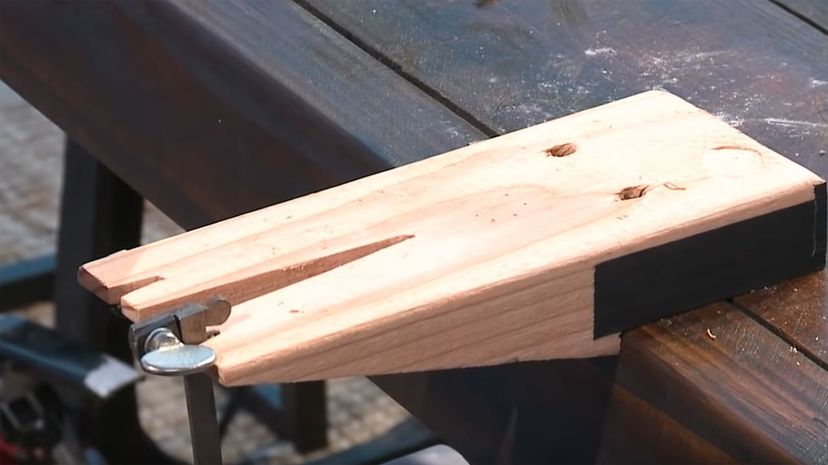
A bench pin is a notched piece of wood you can attach to your work surface that allows you to steady your hand as you're sawing delicate materials or doing any precision work that could use some extra support.
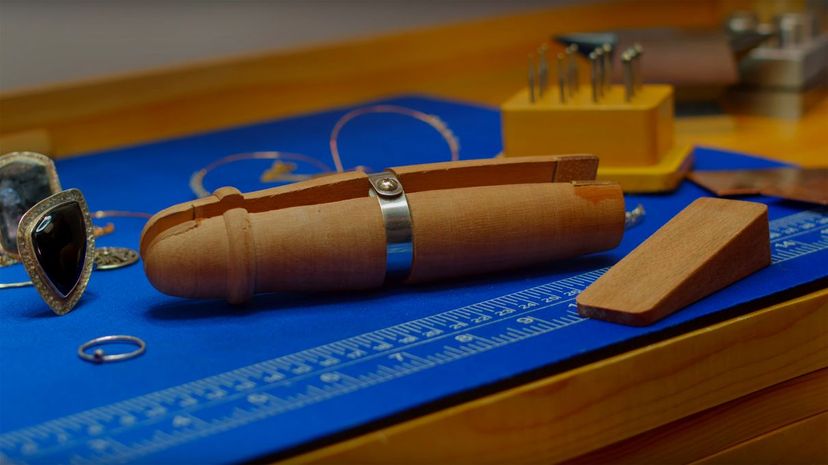
A ring clamp is a cylinder that looks a bit like a finger into which you can force a wedge at the end to spread out and then hold the ring firmly around it. It's good for place settings, filing, engraving or anything else that requires a securely held ring.
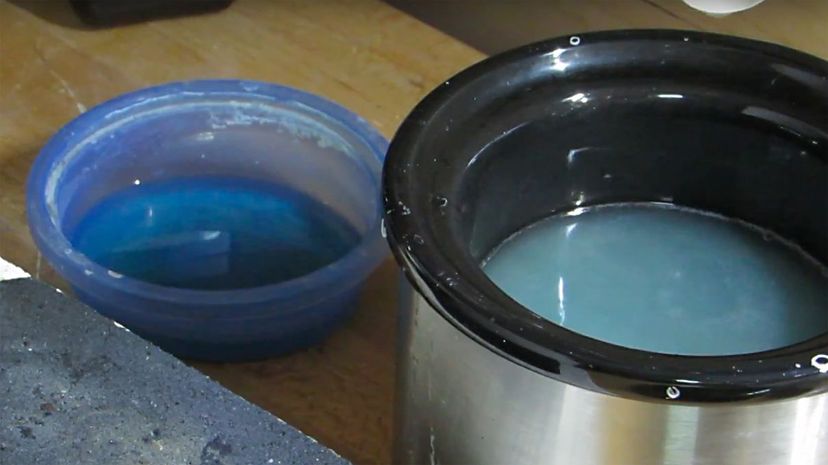
Pickle is the solution that will clean your jewelry up for you, but it doesn't work very well if it's not heated. Your best option for heating pickle is in a pickle pot, which is basically a small crockpot that'll keep it nice and toasty.
Advertisement
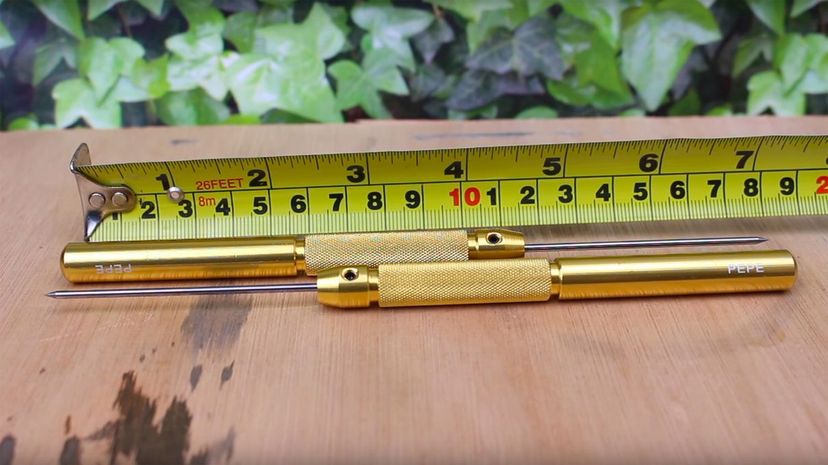
A tungsten solder pick is a good choice for any platinum soldering you need to do. The pick is used to manipulate very tiny pieces of solder around, and tungsten has an extremely high melting point, so it's best to use very precious metals like platinum.
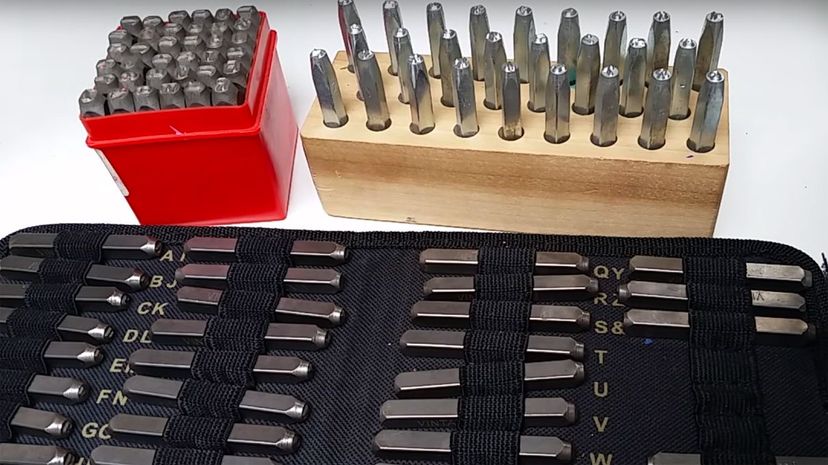
There are any number of jeweler stamps that can be used to punch letters or numbers into metal as well as symbols that are necessary for jewelry making, like a copyright mark or karat value or whatever else you need.
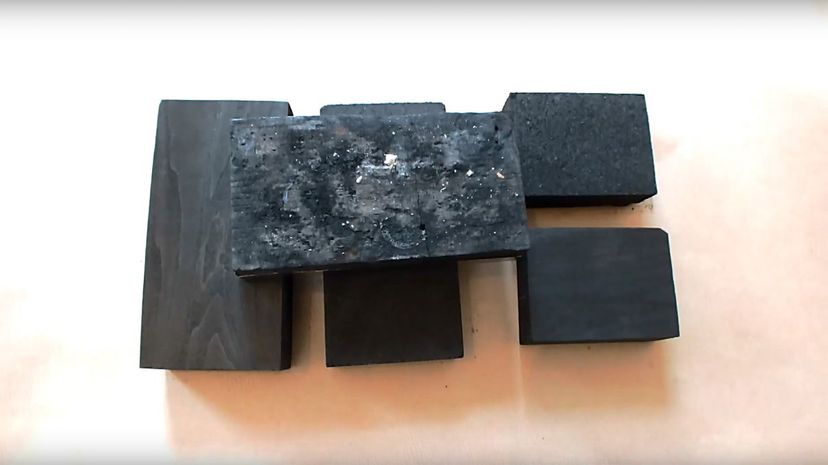
A charcoal soldering block is a surface on which you can solder anything you like without fear of actually destroying the surface, since it's meant to absorb the heat. It can also be used as a mold if you carve shapes out of it.
Advertisement

A benchtop polisher is a simple tool that spins a buffing or polishing surface that you can run your finished pieces across to get them to a perfect shine so they're ready for sale or to wear.
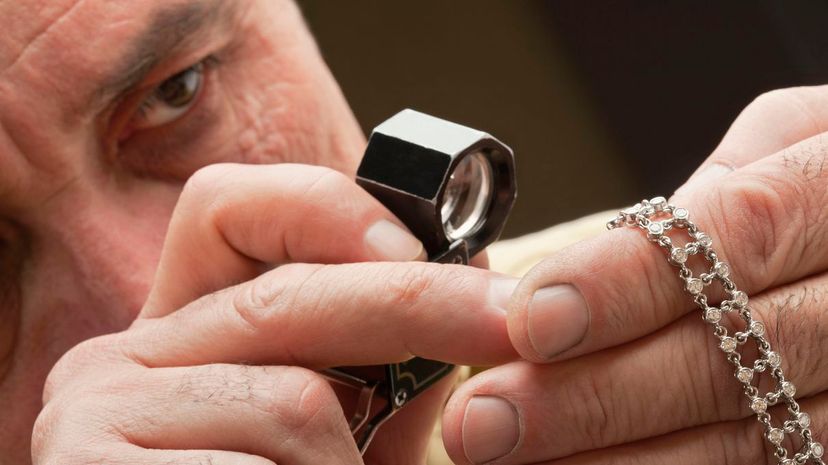
A jeweler's loupe is used to inspect jewelry closely and, in particular, stones. The standard for inspecting a diamond for quality is a 10X magnification loupe that will let you see any imperfections in the stone.
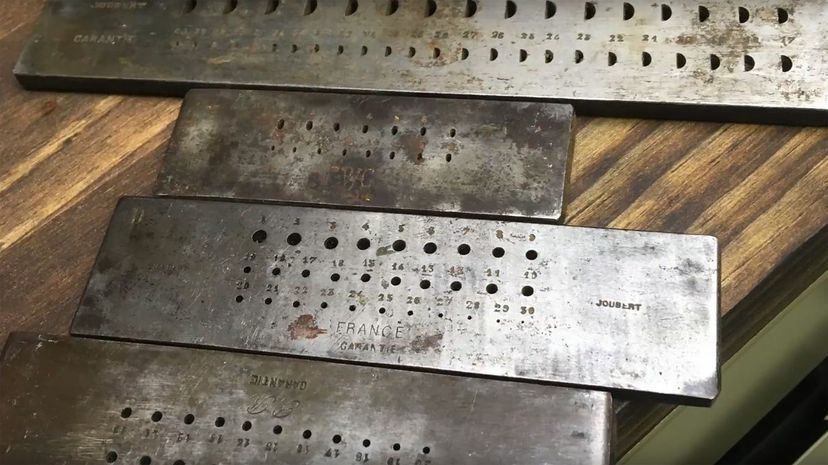
A drawplate is essentially just a board or plate with a series of different sized holes in it. The holes shrink in size from one side of the plate to the other, so that when a wire is pulled through, it will be condensed in a way that doesn't damage the finish.
Advertisement
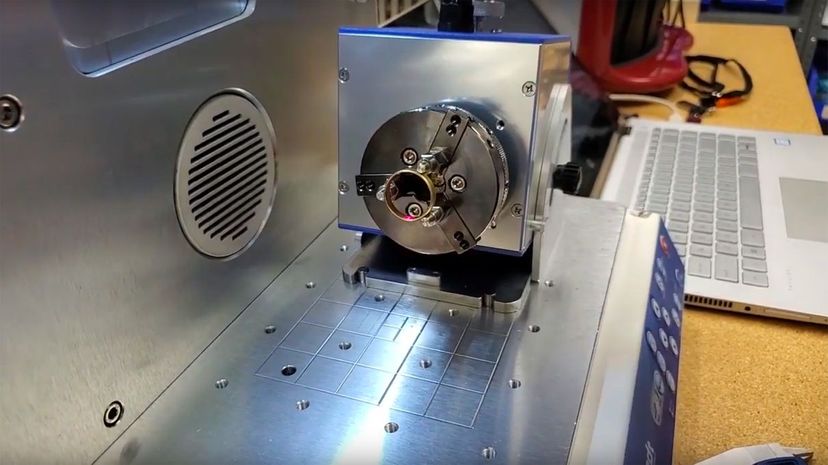
Engraving a ring is a nice way to make it personal, but how do you engrave something into solid metal? With an engraving tool, which is a pretty simple device that just etches the surface enough to make it textured and legible.